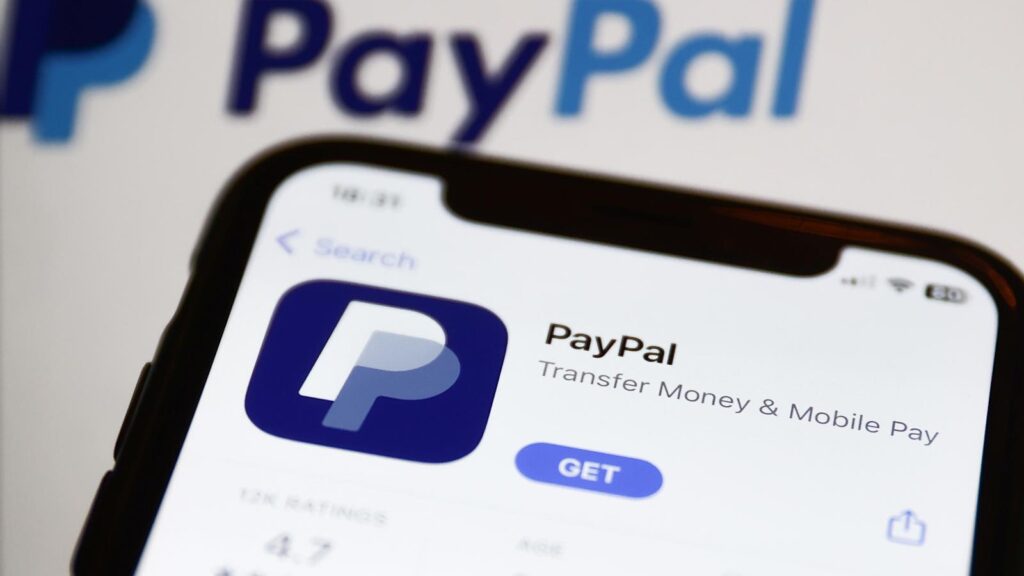In 2023, fintech companies globally are increasingly venturing into advertising, recognizing the potential of their customer data as a strategic asset. PayPal exemplifies this trend with the launch of “PayPal Everywhere” in September, allowing users to earn rewards and use PayPal for transactions both in physical stores and online. This initiative not only appeals to consumers with cashback and rewards but also entices advertisers with the potential for targeted customer engagement through tailored offers. The exodus of talent from other sectors is notable, as seen in Mark Grether’s appointment from Uber to spearhead PayPal’s advertising network, following his success in scaling Uber’s advertising revenue significantly.
PayPal is not isolated in its pursuit; several major financial institutions are also entering this competitive space. JPMorgan Chase introduced “Chase Media Solutions” aimed at connecting advertisers directly with its vast customer base of 80 million individuals. Meanwhile, European fintech Revolut, anticipating a substantial IPO valuation, plans to launch its advertising arm. Even platforms traditionally reliant on ad revenue, like X (formerly Twitter), are exploring financial services, blurring the lines between advertising and banking. This convergence raises a pertinent question: Why are the realms of advertising and finance intermingling?
The modern advertising landscape is increasingly driven by data, which is becoming harder to come by. Advertisers rely on comprehensive consumer profiles that include transaction history—data that is crucial for effective digital marketing. However, due to regulatory measures such as the General Data Protection Regulation (GDPR) in Europe, along with changes from major tech firms, obtaining actionable transaction data has become a significant struggle for advertisers. Apple, for example, has emphasized privacy, restricting the data available to advertisers, while Facebook and Google have also begun limiting data accessibility. As such, digital advertisers are facing stringent limitations in their quest for transactional insights, which are essential for targeting and measuring ad effectiveness.
Conversely, financial services firms possess a wealth of data due to the stringent requirements they must comply with, including know-your-customer (KYC) regulations. These laws necessitate thorough customer knowledge, encompassing personal information, income details, and financial standing. In stark contrast to non-financial entities, which face intense scrutiny regarding data retention and user consent, financial service providers are mandated to collect and maintain this data for extensive periods, sometimes up to a decade. This disparity creates a landscape where invaluable consumer data available to banks and fintechs presents attractive opportunities for advertisers grappling with tightening data access.
Despite the advantages of entering the advertising space, financial services companies face several hurdles. A key obstacle is scale; for example, while JPMorgan Chase boasts a customer base of 80 million, social media giants like Facebook report 2.5 billion monthly active users, highlighting a significant disparity in reach. Furthermore, the variety and depth of customer data are inconsistent across the fintech ecosystem. While banks may know detailed financial behavior and spending habits, they lack insights into broader consumer preferences. Conversely, payment processors like Visa and MasterCard possess extensive transactional data but may lack holistic consumer profiles, illustrating a gap that fintechs need to bridge.
To compete effectively in the advertising domain, fintech companies may need to establish collaborative networks that pool resources and data assets. A consortium model, integrating various stakeholders—including traditional financial institutions, retailers, and media companies—could amplify their advertising endeavors. Given the high margins often associated with advertising, such partnerships would incentivize collaboration. By leveraging shared customer insights and combining strengths, fintech firms could build a robust advertising infrastructure capable of navigating the competitive landscape while maximizing the potential of their valuable customer data. As this trend continues to develop, the intersection of finance and advertising will likely evolve into a critical space for innovation and growth in the coming years.

